Productivity & quality
MTD offers a global, integrated approach to the extruder's needs.
The MTD integrated problem-solving approach combines extrusion practice, technology knowledge, experience in extrusion problem solving for small and big press, as well as numerical trials performed with computers.
The MTD Simulation Aided Design platform integrates numerical simulation within the usual design procedures and includes die design, extrusion process and cooling optimisation.
Key factors for the extruder are e.g. extrusion speed for big runners, flow balance, process parameters and process control, mastered thermal evolution, profile cooling, dimensional tolerances, microstructure, metallurgy, weld seam quality and mechanical properties. This MTD integrated approach acts as a decision factor to make the right choice between different concepts.
- Dimensional tolerances
- Quality and alloy
- Dies for fast extrusion
- Well-balanced dies
- Optimal process
- Improved cooling


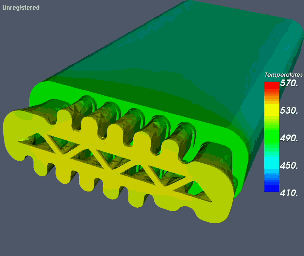
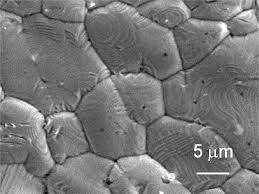
Dimensional tolerances
During extrusion, dies are subject to stress and deformation. Die life, product quality and geometrical tolerances are improved by optimizing the die conception. In critical cases, zero trial dies cannot be conceived on the sole basis of the die maker's experience.
This is why MTD performs CAD die conception together with numerical simulation (Simulation-Aided Design). This allows to reduce die corrections and save trials.
Starting from standard CAD drawing, the designer launches the simulation. The system then generates both 2D and 3D model geometries, FE meshing and computation, fully automatically, without user intervention, and the resulting thermo-mechanical corrections and tongue drop prediction are available on the screen after about one minute (fast FE solver).
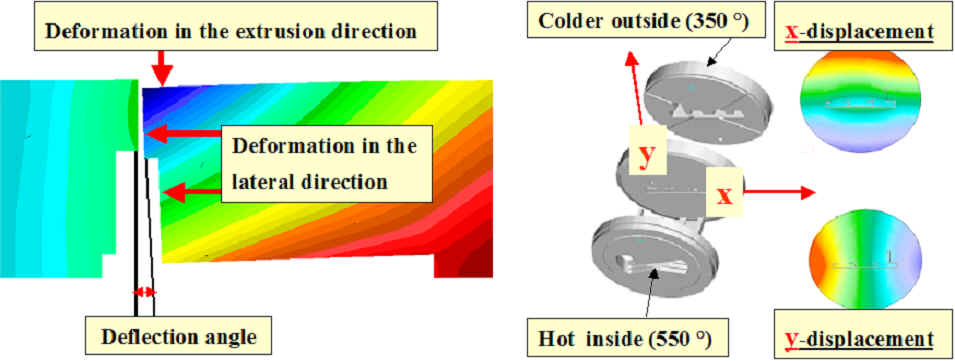
Thermo-mechanical deformation may lead to die deflection and unstable exit flow (left hand side) or inaccurate profile thickness (right hand side). The MTD model predicts and corrects deflection angles, thermal stress corrections, tongue drop, and ensures profile tolerances
Back to topQuality and alloy
Mechanical properties depend on both extrusion conditions and proper cooling.
MTD is your partner for successful extrusion of difficult alloys, optimize the weld chambers and process conditions, and to help you with problems related to metallurgy and microstructure improvements.
Weld seam quality is a key factor. If the welding criteria along the flow paths in the weld chamber are not satisfied, weld seam defects may appear in the profile. Welding criteria are expressed in terms of pressure, temperature and flow within the weld chamber. The 3D flow solver permits to predict those quantities in terms of die geometry and process parameters.
In the example below, the flow through the large press die below was simulated for different die conceptions, until satisfaction of the weld criterion, thus leading to satisfactory profile quality.
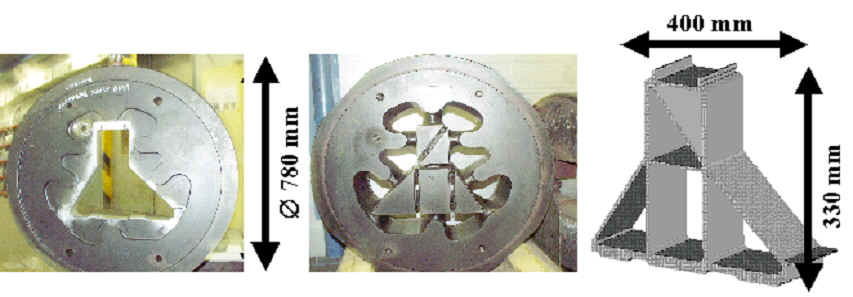
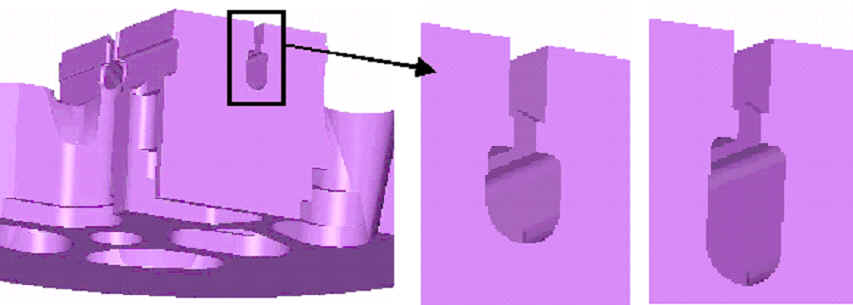

Next topic: Process optimization